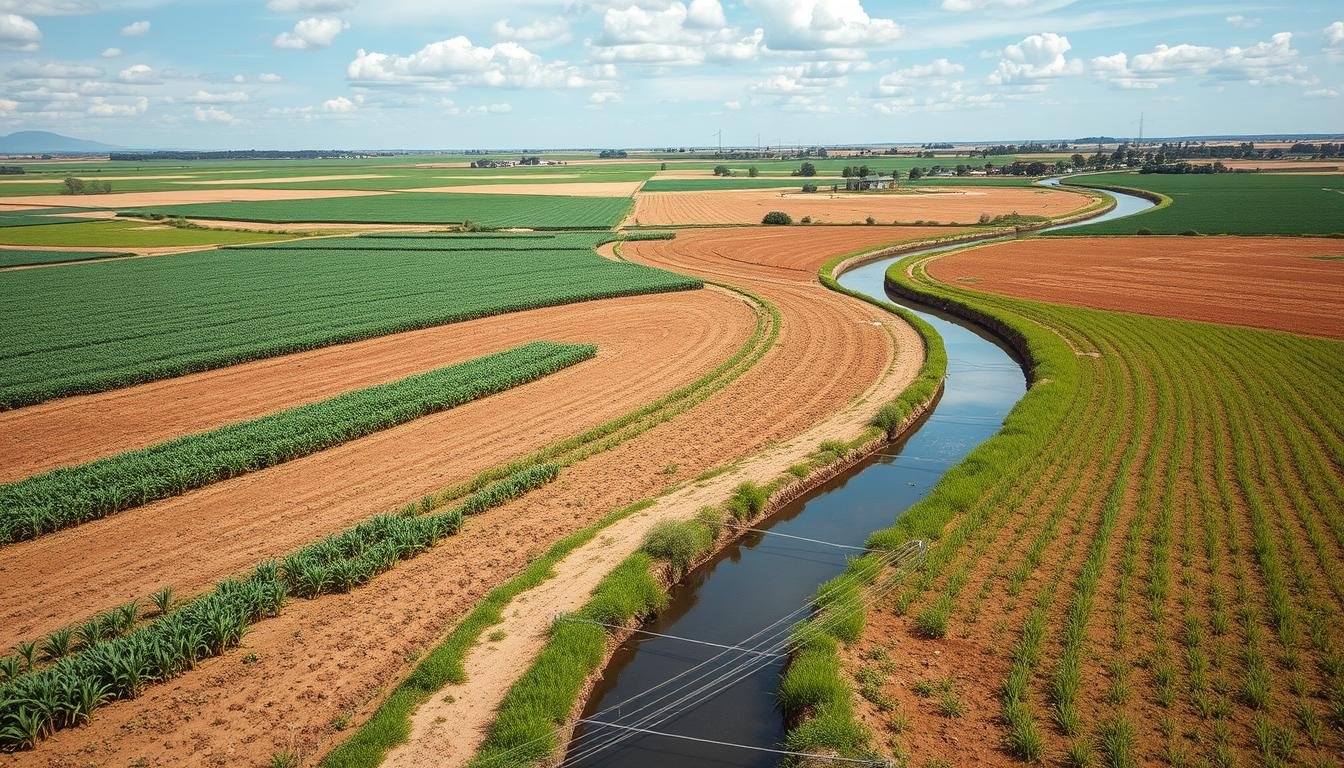Towards Meeting Climate Goals
In a significant stride toward combating climate change, Denmark has introduced a pioneering policy to tax agricultural emissions. This bold move aims to reduce greenhouse gas emissions from agriculture and align the country with its ambitious climate goals. This carbon tax would cost around €100 (£85) annually per cow, according to the Financial Times. As the world closely watches this initiative, the United States could find valuable lessons and potential applications to address its agricultural emissions.
Understanding Denmark’s Climate Initiative
The Rationale Behind the Emission Tax
Being a major producer of dairy and pork, the agricultural sector in Denmark accounts for a substantial share of the nation’s greenhouse gas emissions. The introduction of an emission tax aims to incentivize farmers to adopt more sustainable practices. By 2030, the country aims to cut overall greenhouse gas emissions by 70% and agriculture and forestry emissions by 55-65%. By monetizing the environmental impact, Denmark hopes to drive a significant reduction in emissions.
Details of the Tax Structure
The tax targets emissions from livestock and crop production, two of the major contributors to agricultural pollution. The tax is meant to be gradual and the increase in the cost farmers will pay from 2030 to 2035 will help farmers buy time for farmers to adjust. Here’s a breakdown of the tax structure:
| Emission Source | Taxation Rate (per annum) |
|---|---|
| Livestock | €100 (£85 / $108.43) per cow |
| Crops | €12 (£14 / $18) per tonne of CO2-equivalent |
Incentives for Farmers
Denmark’s government understands the need to support farmers in this transition. Thus, several incentives accompany the emission tax to encourage green farming practices:
- Subsidies for adopting eco-friendly technology
- Grants for organic farming
- Training programs on sustainable agriculture
These incentives ensure that the burden of the tax does not solely rest on the farmers, fostering a collaborative approach to achieving climate goals.
Role of Technology and Innovation
Technology plays a crucial role in reducing agricultural emissions. Denmark’s strategy emphasizes incorporating advanced agricultural technologies:
- Precision farming tools to optimize resource use
- Biological solutions to reduce methane emissions from livestock
- Data-driven agriculture to monitor and manage farm practices
These technological advancements not only help in reducing emissions but also enhance the overall productivity and sustainability of farms.
Potential Impact on Global Climate Efforts
Denmark’s approach may serve as a blueprint for other nations. If successful, it could inspire policies worldwide, particularly in countries with significant agricultural emissions, such as the United States.
Comparing Agricultural Emissions in the US and Denmark
Here’s a comparative look at agricultural emissions:
| Country | Agricultural Emissions | Action Plan |
|---|---|---|
| United States | 10.6% | Proposed Policies |
| Denmark | 25% | Emission Tax |
Challenges and Criticisms
While innovative, Denmark’s strategy is not without its challenges and criticisms:
- Economic Impact: Concerns about increased costs for farmers
- Implementation: Ensuring accurate measurement and monitoring of emissions
- International Competition: Balancing competitiveness with countries not imposing similar taxes
Lessons for the United States and the Rest of the World
The US and the world in general can draw several lessons from Denmark’s experience:
- Comprehensive Approach: Combining taxes with incentives ensures a balanced impact on farmers.
- Technological Integration: Leveraging technology can lead to more effective and efficient emission reductions.
- Collaboration: Engaging stakeholders in policy development is crucial for successful implementation.
Conclusion
Denmark’s strategy to tax agricultural emissions represents a bold and innovative step toward achieving climate goals. By monetizing the environmental cost of agriculture, incentivizing sustainable practices, and leveraging technology, Denmark sets an example for the global community, including the United States. With the right adaptations, similar strategies could significantly reduce agricultural emissions worldwide, contributing to the fight against climate change.
Frequently Asked Questions
How will the tax work?
Under the proposed plans, Danish landowners will pay a levy based on their emissions from livestock, fertiliser, forestry and the disturbance of carbon-rich agricultural soils as reported by the Copenhagen Post reported. Implementation details of the plan can be found in the linked article.
How will this tax help Denmark meet its climate targets?
Agriculture contributes around 28% of Denmark’s total greenhouse gas emissions it is reported and this accounts for more than 80% of methane and nitrous oxide emissions specifically. Reducing these figures will therefore go a long way in helping Denmark reach its climate goals.
How was the agreement reached?
The Danish government and the other members of the Green Tripartite reached this “historic agreement” after almost five months of talks as reported by Politico. According to a statement by the Danish Ministry of Economic Affairs, members of the tripartite agreed that the country “must have a strong and competitive” agricultural sector “with attractive business potential and jobs”.
What will the tax mean for Danish farmers?
The tax is meant to be gradual and the increase in the cost farmers will pay from 2030 to 2035 will help farmers buy time for farmers to adjust. This will also help researchers to deliver the documentation of the effects of potential mitigation measures.






